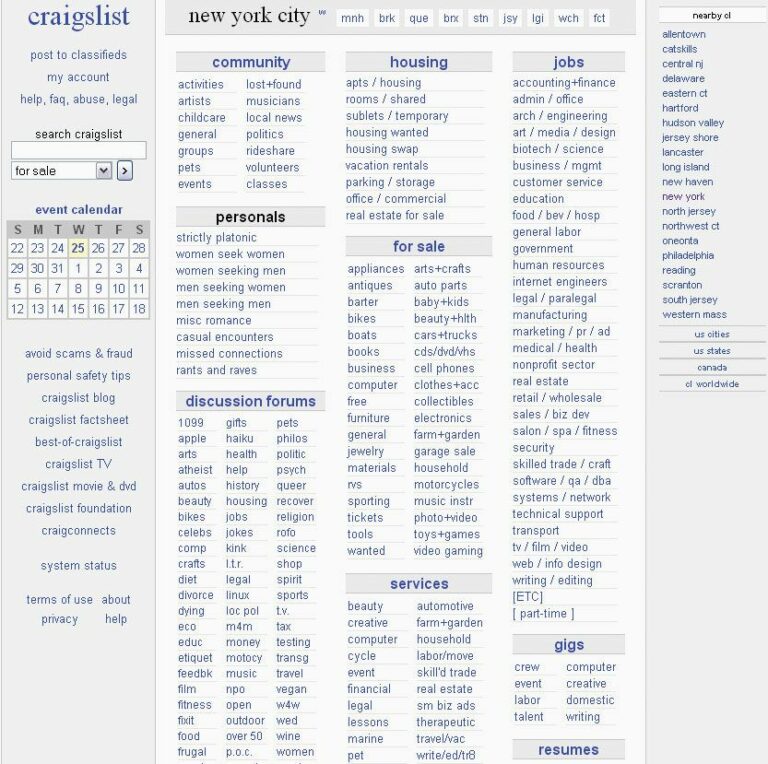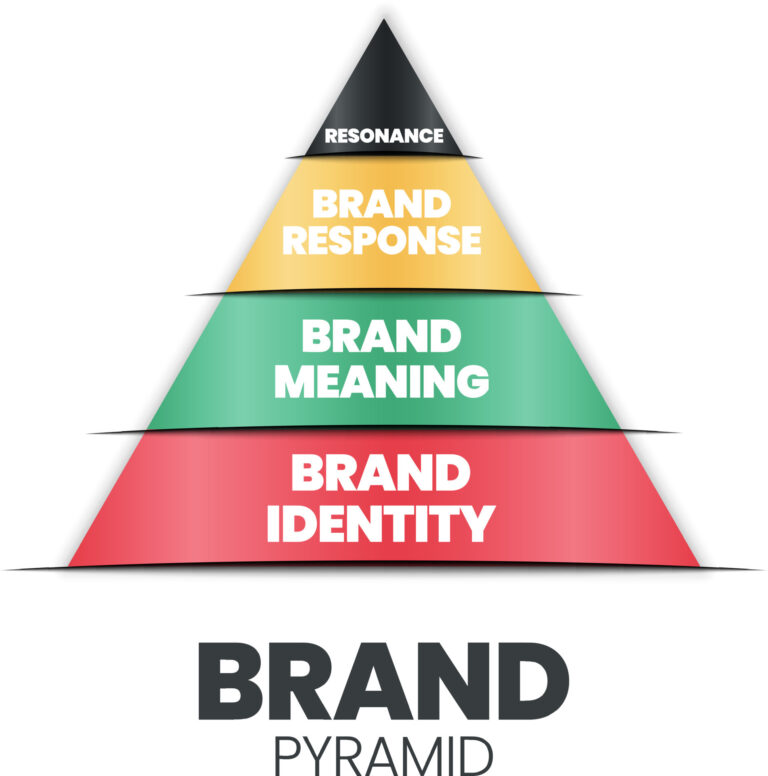How To Buy A Brand New Car: Your Comprehensive Guide to a Smart Purchase
How To Buy A Brand New Car: Your Comprehensive Guide to a Smart Purchase cars.truckstrend.com
Buying a brand new car is an exhilarating milestone for many. The scent of fresh upholstery, the pristine paintwork, and the peace of mind that comes with a full warranty – it’s a feeling unlike any other. However, beneath the excitement lies one of the most significant financial decisions you’ll make, second only to purchasing a home. It’s a complex process fraught with choices, negotiations, and paperwork. Without proper preparation, you could end up paying more than you should or, worse, driving off in a vehicle that doesn’t truly meet your needs.
This comprehensive guide is designed to demystify the new car buying journey, transforming it from a daunting task into a well-managed process. We’ll walk you through every critical step, from initial research and budgeting to financing, negotiation, and the final paperwork, ensuring you make an informed decision and drive away happy with your new vehicle.
How To Buy A Brand New Car: Your Comprehensive Guide to a Smart Purchase
1. Pre-Purchase Planning: Laying the Foundation for Success
The most crucial phase of buying a new car happens before you even step foot in a dealership. Thorough planning will empower you with knowledge and confidence, allowing you to navigate the process on your terms.
Determine Your Needs & Wants
Before falling in love with a sleek design or a powerful engine, objectively assess what you truly need from a vehicle.
- Lifestyle: Are you a city dweller needing something compact for tight parking, a growing family requiring ample space and safety features, or an adventurer needing off-road capability and cargo room?
- Vehicle Type: Sedan, SUV, truck, minivan, hatchback, or perhaps an electric vehicle (EV) or hybrid? Each has its pros and cons regarding fuel efficiency, space, and driving dynamics.
- Must-Haves vs. Nice-to-Haves: Create a list. Prioritize safety features (e.g., blind-spot monitoring, adaptive cruise control), fuel efficiency, passenger/cargo capacity, and reliability. Then, list desirable features like a premium sound system, panoramic sunroof, or advanced infotainment. This helps narrow down your choices and prevents impulse decisions.
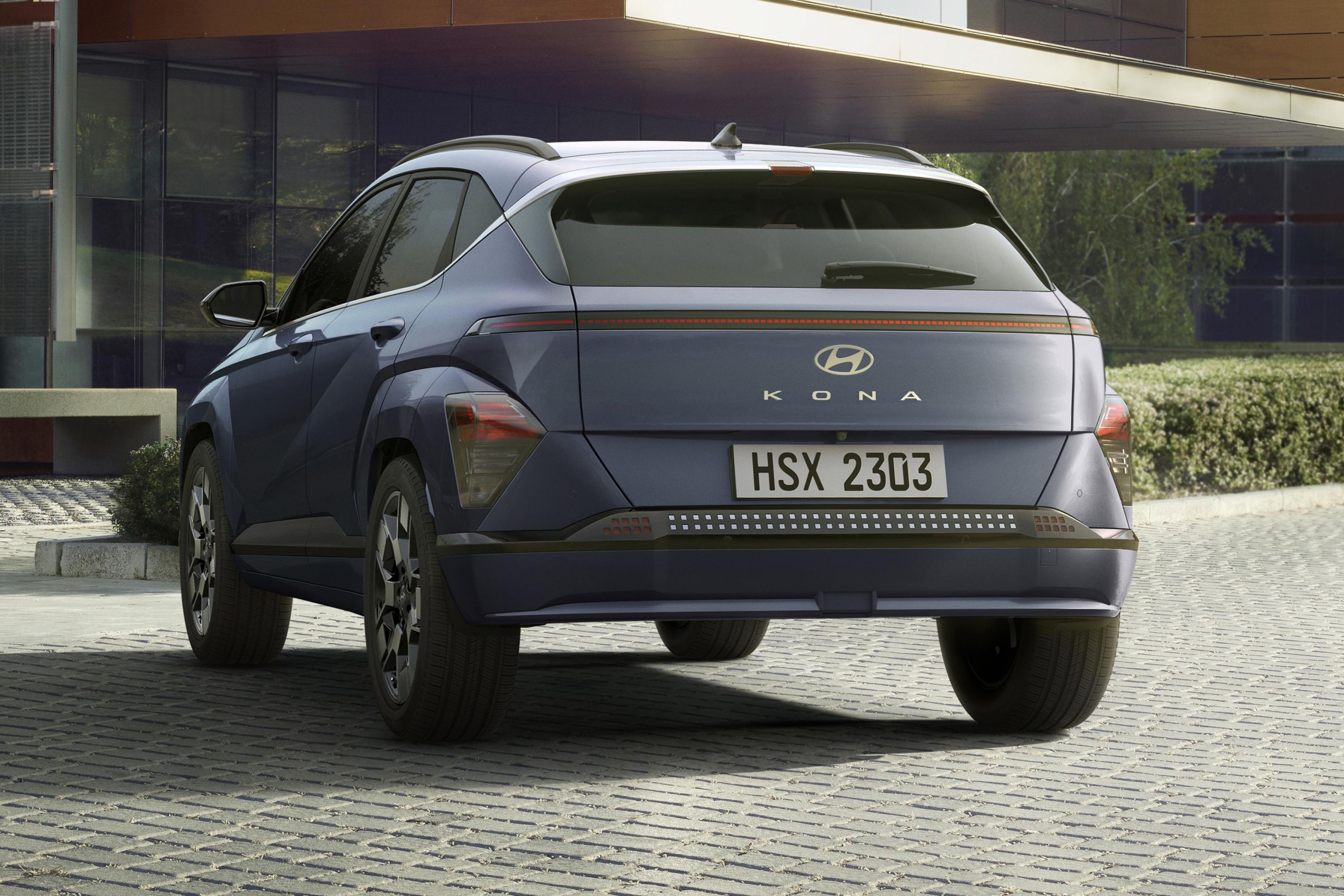
Set a Realistic Budget
Your budget isn’t just the sticker price; it’s the total cost of ownership. Be honest with yourself about what you can comfortably afford.
- Purchase Price: This is the vehicle’s actual cost, often a negotiation point.
- Down Payment: How much cash can you put down? A larger down payment reduces your loan amount and, thus, your monthly payments and total interest paid.
- Monthly Payments: Use online calculators to estimate payments based on different loan terms (e.g., 36, 48, 60, 72 months) and interest rates. Aim for monthly car payments that don’t exceed 10-15% of your net monthly income.
- Hidden Costs: Factor in sales tax, registration and licensing fees, insurance premiums (get quotes for specific models you’re considering), fuel costs, and routine maintenance. These can significantly impact your overall budget.
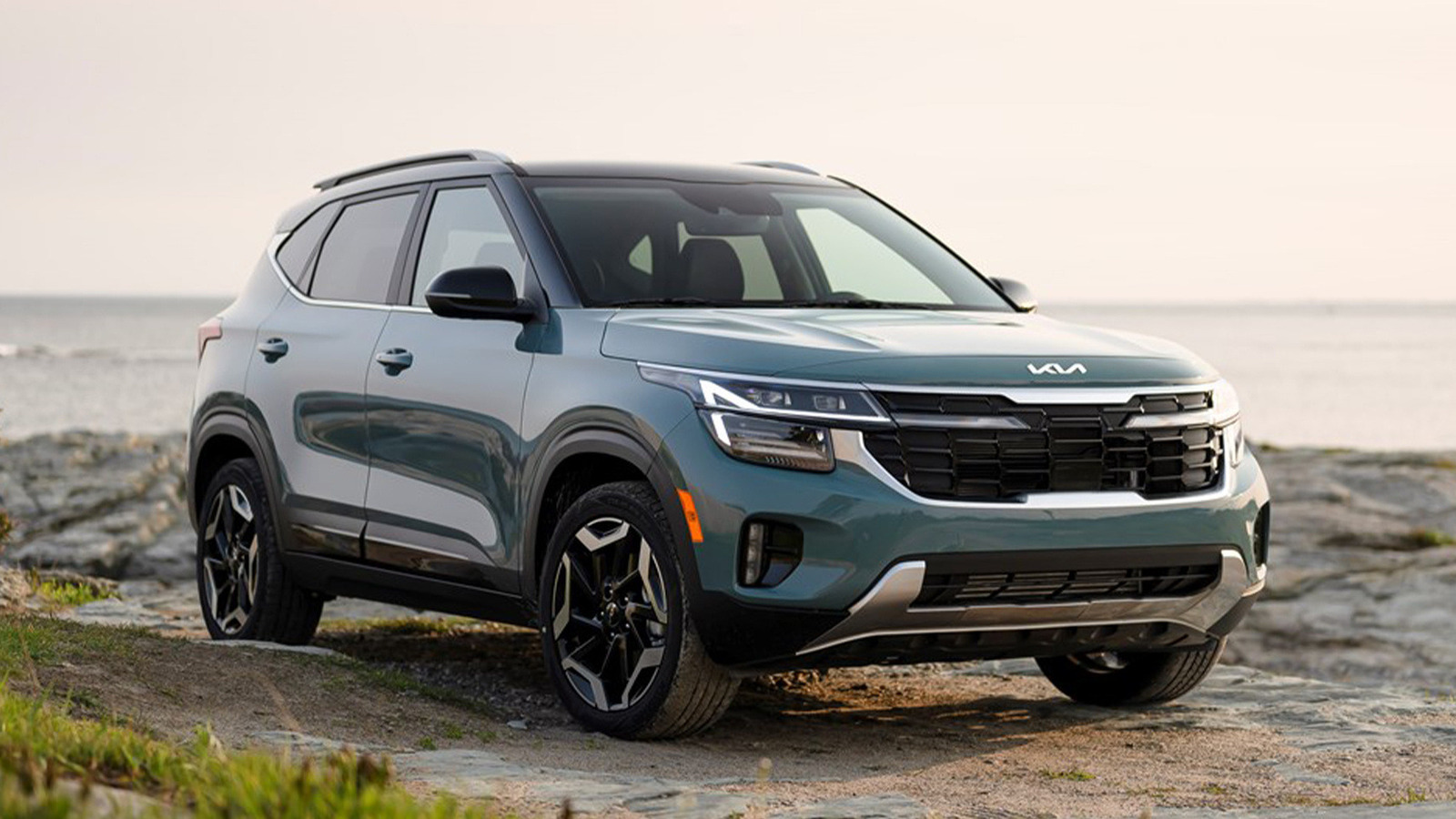
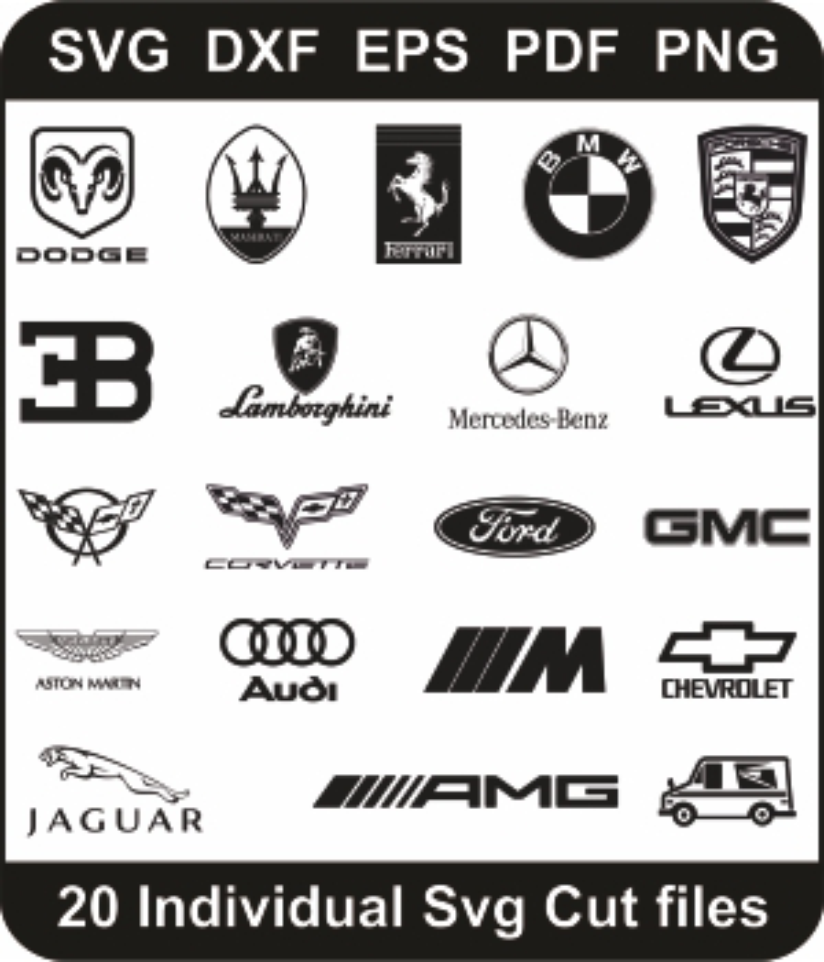
Research, Research, Research
Knowledge is power in the car-buying game.
- Vehicle Models & Trims: Dive deep into specific models, their different trim levels, and the features included with each. Understand the differences between base models and fully loaded versions.
- Reliability & Safety: Consult reputable sources like Consumer Reports, J.D. Power, the National Highway Traffic Safety Administration (NHTSA), and the Insurance Institute for Highway Safety (IIHS) for safety ratings and long-term reliability studies.
- Resale Value: Some brands and models hold their value better than others. This is important if you plan to sell or trade in the car in a few years.
- Online Reviews & Comparisons: Read expert reviews and watch video comparisons. Pay attention to owner forums for real-world experiences, common issues, and fuel economy reports.
2. Financing Your New Ride: Loan vs. Lease
Once you know what car you want and what you can afford, the next step is to figure out how you’ll pay for it. This primarily involves deciding between buying (through a loan) or leasing.
Understanding Your Credit Score
Your credit score is paramount. A higher score (generally above 700) qualifies you for lower interest rates, saving you thousands over the life of a loan. Check your credit report well in advance for any errors.
Loan Options (Buying)
When you buy a car, you own it once the loan is paid off.
- Dealership Financing: Convenient, but not always the best rate. Dealers work with multiple lenders and may offer promotional rates.
- Independent Lenders: Banks, credit unions, and online lenders often offer competitive rates. It’s highly recommended to get pre-approved for a loan before visiting the dealership. This gives you a concrete interest rate and maximum loan amount, providing leverage during negotiations and allowing you to focus on the car’s price, not just the monthly payment.
- APR (Annual Percentage Rate): This is the true cost of borrowing, including interest and other fees. Compare APRs, not just interest rates.
- Loan Term: Shorter terms mean higher monthly payments but less interest paid overall. Longer terms mean lower monthly payments but more interest.
Lease Options (Renting)
Leasing is essentially long-term renting. You pay for the depreciation of the car over a set period (typically 2-4 years) and then return it.
- How it Works: You make monthly payments based on the difference between the car’s initial value and its projected value at the end of the lease (residual value), plus interest and fees.
- Pros of Leasing: Lower monthly payments than buying, the ability to drive a new car every few years, and warranty coverage for most of the lease term.
- Cons of Leasing: No equity built, mileage restrictions (excess mileage incurs fees), potential wear-and-tear charges, and no customization options.
- Cash Purchase: If you have the funds, paying cash avoids interest payments entirely. However, weigh this against other potential investments for your money.
3. The Shopping Experience: From Online to On-Lot
With your research and financing pre-approvals in hand, you’re ready to engage with sellers.
Online Research & Inventory Check
- Manufacturer Websites: Explore models, build and price your ideal configuration, and locate local inventory.
- Dealership Websites: Check specific dealer inventory, often listed with online prices.
- Third-Party Aggregators: Sites like Edmunds, Kelley Blue Book (KBB), and TrueCar provide pricing data, reviews, and allow you to request quotes from multiple dealerships.
- Requesting Quotes: Email or call several dealerships for quotes on the exact make, model, and trim you want. This creates competition and gives you a baseline for negotiation.
Test Driving
This is a critical step that cannot be skipped.
- Plan Your Route: Drive on various roads – city streets, highways, and even bumpy roads if possible – to assess acceleration, braking, handling, and ride comfort.
- Test Features: Operate the infotainment system, climate control, safety features, and check visibility.
- Bring Companions: If applicable, bring family members to ensure everyone is comfortable and happy with the space and features.
- Multiple Models: Test drive a few different models or trims to compare directly.
Trade-In Consideration
If you have a car to trade in, handle this strategically.
- Get Independent Appraisals: Use online tools like KBB Instant Cash Offer or Edmunds appraisal to get a realistic estimate of your car’s value. You might also consider getting an offer from CarMax or another used car dealer.
- Negotiate Separately: Ideally, negotiate the price of the new car first. Once that’s settled, then discuss your trade-in. This prevents the dealer from blurring the lines between the two transactions.
4. Negotiation Strategies: Getting the Best Deal
This is where your preparation pays off. Don’t be afraid to negotiate; it’s expected.
Understanding Pricing
- MSRP (Manufacturer’s Suggested Retail Price): The sticker price. It’s a starting point, not a fixed price.
- Invoice Price: What the dealer paid the manufacturer. This is typically lower than MSRP, but it’s not the dealer’s true cost, as they may receive holdbacks or incentives. Aim to negotiate a price between invoice and MSRP.
- Out-The-Door (OTD) Price: This is the total price you will pay, including the car’s price, all fees, taxes, and any optional add-ons. Focus on negotiating this number.
Negotiating the Price
- Be Prepared to Walk Away: This is your strongest leverage. If you don’t feel you’re getting a fair deal, be ready to leave.
- Focus on the Total Price: Don’t let the salesperson shift your focus solely to monthly payments. A lower monthly payment can be achieved by extending the loan term, which means more interest paid overall.
- Know Your Target Price: Based on your research (invoice price, online quotes), have a firm target price in mind.
- Timing Matters: End of the month, end of the quarter, or end of the year are often good times to buy as dealers try to meet sales quotas. New model year arrivals can also lead to discounts on outgoing models.
Add-ons & Extras
Dealers often push high-profit add-ons in the finance office.
- Rustproofing, Paint Protection, Fabric Protection: Modern cars often don’t need these, or they can be done cheaper elsewhere.
- Extended Warranties: Consider if the manufacturer’s warranty is sufficient. Research third-party warranties.
- GAP Insurance: Covers the "gap" between what you owe on your loan and the car’s actual cash value if it’s totaled. Often advisable if you put down a small down payment. You can often get this cheaper from your auto insurer or credit union.
- Evaluate Necessity: Decline anything you don’t truly need or can get cheaper elsewhere.
Dealer Fees
Some fees are legitimate, others are negotiable or outright unnecessary.
- Documentation Fee (Doc Fee): A fee for processing paperwork. It varies by state and can sometimes be negotiated down.
- Registration & Licensing Fees: Legitimate government fees.
- Advertising Fees: Often non-negotiable, but ensure they’re reasonable.
- "Prep" or "Dealer Prep" Fees: Often inflated. The car is already prepped by the factory.
5. The Final Steps: Paperwork and Delivery
You’ve agreed on a price; now it’s time for the final details.
Reviewing the Purchase Agreement
This is the most critical document. Read every line carefully before signing.
- Verify All Numbers: Ensure the agreed-upon price, trade-in value (if applicable), interest rate, loan term, down payment, and all fees match what you negotiated.
- No Surprises: Look for any unexpected charges or terms. If something doesn’t look right, ask for clarification. Don’t be rushed.
Signing the Documents
Take your time. Ask questions about anything you don’t understand. Don’t sign anything until you are 100% comfortable.
Vehicle Inspection & Delivery
Before driving off, do a thorough inspection.
- Walk-Through: Have the salesperson walk you through all the features, especially the advanced technology.
- Exterior Check: Look for any dings, scratches, or imperfections on the paint or body.
- Interior Check: Ensure all controls work, no stains or damage to upholstery.
- Functionality: Test all lights, wipers, horn, radio, climate control, and power windows/locks.
- Documentation: Ensure you receive the owner’s manual, warranty information, and all keys/fobs.
Concluding Summary
Buying a brand new car is a significant investment, but with meticulous preparation, patience, and a firm negotiation strategy, it can be a rewarding and straightforward process. By understanding your needs, budgeting wisely, securing financing, and confidently navigating the dealership experience, you’ll be well-equipped to drive off in the perfect new car for you, knowing you got the best possible deal. The journey from research to ownership might seem long, but the satisfaction of a smart purchase is truly priceless.
New Car Purchase Price Breakdown Table
This table provides a conceptual overview of the components that make up the total "Out-The-Door" price of a brand new car. Actual figures will vary significantly based on vehicle model, trim, location, and negotiation.
| Item/Category | Description | Estimated Range (Example) | Notes |
|---|---|---|---|
| 1. Vehicle Pricing | |||
| Manufacturer’s Suggested Retail Price (MSRP) | The recommended selling price set by the manufacturer. Often the "sticker price." | $30,000 – $50,000+ | This is your starting point for negotiation. |
| Dealer Invoice Price | What the dealer "paid" the manufacturer for the car. (Often lower than true cost due to incentives). | $27,000 – $47,000+ | A good target to aim below, but still allows dealer profit. |
| Destination Charge | A mandatory fee from the manufacturer to transport the vehicle from the factory to the dealership. | $900 – $1,500 | Non-negotiable, but ensure it’s accurately listed. |
| Negotiated Vehicle Price | The final agreed-upon price for the car itself, before taxes and fees. | $28,500 – $48,000+ | This is the core price you negotiate. |
| 2. Taxes & Fees | |||
| Sales Tax | State and local sales tax on the vehicle purchase price. Varies by location. | 0% – 10%+ | Calculated on the negotiated vehicle price. Non-negotiable. |
| Registration & Licensing Fees | Fees paid to the state for vehicle registration, license plates, and title. | $100 – $500+ | Varies by state, vehicle type, and weight. Non-negotiable. |
| Documentation Fee (Doc Fee) | Administrative fee charged by the dealer for preparing sales paperwork. | $0 – $800+ | Varies significantly by state; some states cap it. Can sometimes be negotiated down. |
| Tire Disposal Fee | Small fee for disposal of old tires. | $5 – $20 | Minor fee, typically legitimate. |
| 3. Optional Add-ons | (Decline if not truly needed or can be sourced cheaper elsewhere) | ||
| Extended Warranty | Additional coverage beyond the factory warranty. | $1,000 – $4,000+ | Research third-party options. Often high-profit for dealers. |
| GAP Insurance | Covers the difference between what you owe on your loan and the car’s actual value if totaled. | $300 – $800 | Often available cheaper from your auto insurer or credit union. |
| Paint Protection/Rustproofing | Dealer-applied treatments for paint or rust. | $300 – $1,000+ | Modern cars rarely need this. Often overpriced. |
| Window Tint/Accessory Packages | Dealer-installed accessories or packages. | Varies widely | Evaluate if these are truly desired and if the price is fair compared to aftermarket. |
| Total Out-The-Door (OTD) Price | The grand total you will pay for the vehicle, including all costs. | $30,000 – $55,000+ | This is the number you should focus on negotiating. |
| 4. Financing Details | (Applicable if taking out a loan) | ||
| Down Payment | Cash paid upfront. Reduces the loan amount. | $0 – 20%+ of OTD | A larger down payment reduces monthly payments and total interest. |
| Loan Amount | Total amount financed after down payment and trade-in. | OTD – Down Payment | This is what you borrow. |
| Annual Percentage Rate (APR) | The true annual cost of your loan, including interest and fees. | 0% – 10%+ | Directly impacts your total cost of borrowing. Shop for the best rate. |
| Estimated Monthly Payment | Your regular payment to the lender. (Example based on 60-month loan at 4% APR) | ~$500 – $900+ | Focus on the total OTD price, not just the monthly payment, which can be manipulated by extending the loan term. |
Frequently Asked Questions (FAQ)
Q1: When is the best time to buy a new car?
A1: Generally, the end of the month, end of the quarter (March, June, September, December), or end of the year (late December) are good times. Dealers are often trying to meet sales quotas and may be more willing to offer discounts. Also, when new model years arrive (typically late summer/fall), you can often find deals on the outgoing model year vehicles.
Q2: Should I buy or lease a new car?
A2: It depends on your lifestyle and financial situation.
- Buy if: You want to own the car long-term, drive unlimited miles, customize it, and build equity.
- Lease if: You prefer lower monthly payments, want to drive a new car every few years, typically drive fewer miles, and don’t mind not owning the vehicle.
Q3: How important is my credit score when buying a car?
A3: Extremely important. Your credit score directly impacts the interest rate you qualify for on a loan. A higher score means lower interest rates, saving you potentially thousands of dollars over the life of the loan. Check your score and report before shopping.
Q4: Can I negotiate the price of a new car?
A4: Absolutely! The MSRP (sticker price) is just a suggestion. Most new cars are sold below MSRP. Your ability to negotiate will depend on factors like vehicle demand, dealer inventory, and your research. Always aim to negotiate the "Out-The-Door" price, not just the monthly payment.
Q5: What’s the difference between MSRP and invoice price?
A5: MSRP (Manufacturer’s Suggested Retail Price) is the price the manufacturer recommends the dealer sell the car for. The invoice price is what the dealer "paid" the manufacturer for the car. Dealers typically pay less than invoice due to manufacturer incentives and holdbacks. A good negotiation strategy often aims for a price between the invoice and MSRP.
Q6: Should I get an extended warranty?
A6: This is a personal decision. Many new cars come with a good factory warranty. An extended warranty can provide peace of mind for longer, but they can be expensive and often have restrictions. Research third-party warranty providers as well, as they may offer better value. Consider the car’s reliability ratings and your typical ownership period.
Q7: How long does the car-buying process usually take?
A7: The actual time spent at the dealership can range from a few hours to a full day, especially if you’re trading in a vehicle and arranging financing. However, the entire car-buying process, from initial research to driving off the lot, can take weeks or even months if you’re thorough and patient.


